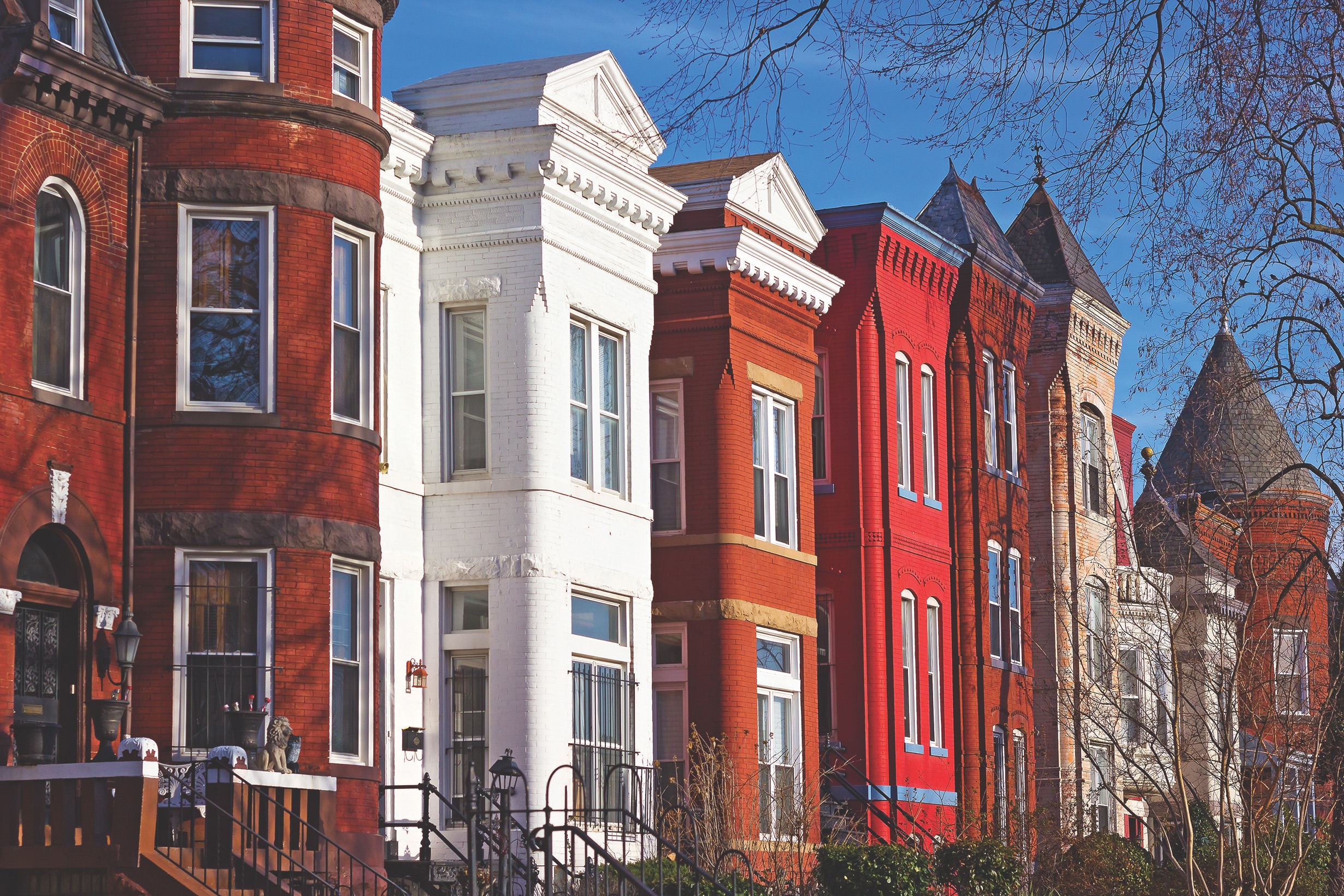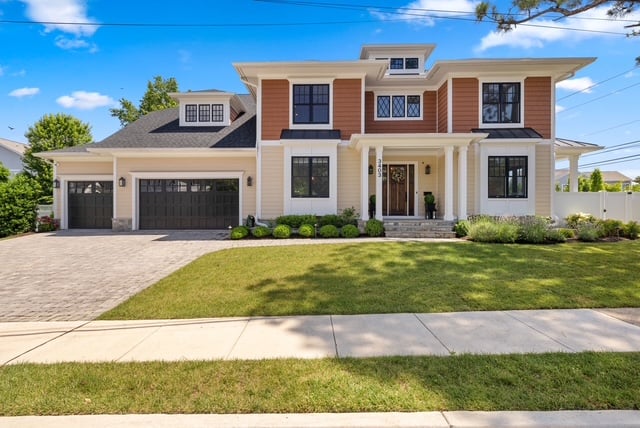If you’ve ever found yourself questioning whether you’re getting the most out of your banking relationship, you aren’t alone. Consumers and small businesses across the D.C. metro area who expect the very best from banking products, services, and technology are making the switch to local community banks.
While the idea of switching your finances to a local community bank may seem like a daunting to-do, it’s just a few simple steps that can pay dividends for your overall financial well-being or business growth—all achieved while supporting and strengthening the very community you call home.

For generations, community banks have helped customers envision their full financial picture and potential, taking the time to sit down in person or virtually to build a lasting banking relationship. And unlike credit unions, community banks pay taxes that support local services that area residents rely upon. It’s a sustainable financial solution that benefits both the customer and community.
Here are answers to common questions on making the switch to a community bank.
Q: What are the benefits of banking locally?
A: Community banks reinvest local dollars back into their communities and create local jobs. Their relationship banking philosophy is ingrained in the way they conduct business—offering high-tech services with a personal touch.
Q: Is switching to a community bank complicated?
A: Opening an account at a community bank is quite simple. Your community banker will guide you through the process, with many offering a step-by-step process to help make the transition easier.
Q: What about small businesses?
A: Community banks naturally understand the needs of small businesses because they are small businesses themselves. Accounting for more than half of the banking industry’s small-business loans, community banks ensure their customers get the services they need to grow and can connect small businesses to other trusted service providers through their strong community ties.

Q: How are community banks handling the coronavirus pandemic?
A: Community banks have been leaders in the coronavirus response, rapidly making some 60 percent of Paycheck Protection Program loans to help small businesses retain more than 3.7 million employees. In fact, community banks have provided the majority of PPP loans received by minority-owned (72.6 percent), women-owned (71.5 percent), and veteran-owned (63.4 percent) small businesses.
Q: How do I find a community bank near me?
A: The Independent Community Bankers of America features a host of resources and a community bank directory at banklocally.org.







